Prevent bone spurs / osteophytes from stealing your mobility, years of an active life and wellbeing. Knowing how to deal with these inconvenient growths can help you reduce pain and maintain your active lifestyle.
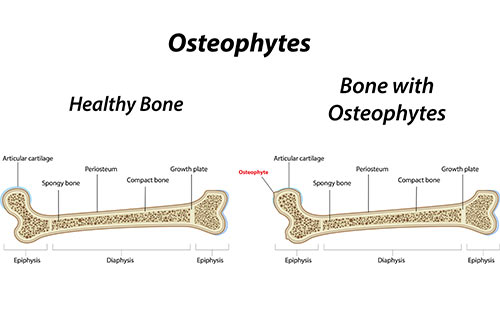
yourfootpalace.com gathered information on what osteophytes are, how to treat them, their causes, and symptoms.
What are Bone Spurs
Osteophytes, commonly referred to as bone spurs, are smooth, hard growths off the edge of bones. Bone spurs will most often form next to joints (where two or more bones meet). Despite the name, a bone spur is not a spiky growth, rather a smooth outgrowth from the bone that developed over time. Bone spurs may grow and affect your:
- Heel and/or foot (making it painful to run, walk, or stand)
- Knee (making it painful to extend or straighten your leg)
- Spine (pressing against your spinal cord causing weakness or loss of feeling in your extremities)
- Hip (making it painful to move your hip, stand, sit, or walk)
- Shoulder (causing damage to your rotator cuff, resulting in a limited range of motion)
- Fingers (resulting in a “knobby” appearance
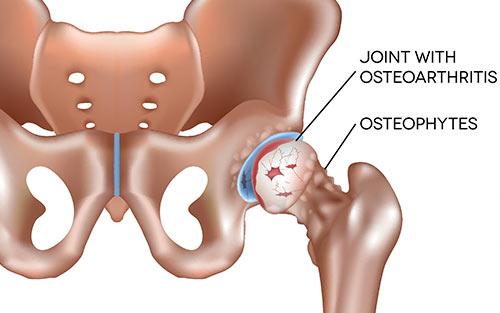
Bone spurs, common as we age, are typically painless, and you may not ever know you have them. The majority of bone spurs cause no signs or symptoms and generally do not require treatment. They can show up in tests, like X-rays and magnetic resonance imaging (MRI) performed for other unrelated conditions.
However, there are times when bone spurs result in pain and loss of motion in the affected joint. If this occurs, see your primary care physician for treatment or referral to a specialist.
Note: Bone spurs can develop on many other parts of the body.
How Are Osteophytes Treated
Depending on the severity of symptoms, several approaches (or combination of approaches) may be used in your treatment, including:
- Rest
- Steroid shots (reduce joint swelling and pain)
- NSAIDs (reduce swelling, relieve pain, and relax muscles)
- Physical therapy and manipulation of joints (regain flexibility and strength, improve posture, and reduce pressure on affected nerves)
- Massage (relax muscles, increase/improve blood flow, regain flexibility, and reduce pressure on affected nerves)
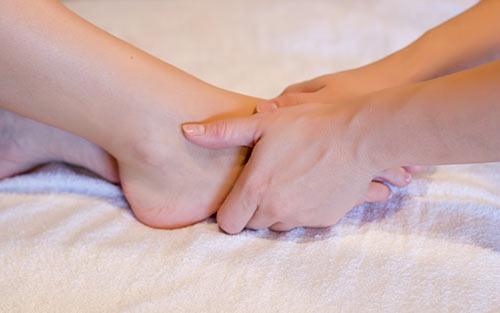
When these approaches are unsuccessful, surgery may be required to physically remove the bone spur(s).
Those in the medical field who treat bone spurs include:
- Internists
- General Practitioners
- Rheumatologists
- Orthopedic surgeons
- Rehabilitation specialists
Physical therapists and occupational therapists can also treat patients with bone spurs.
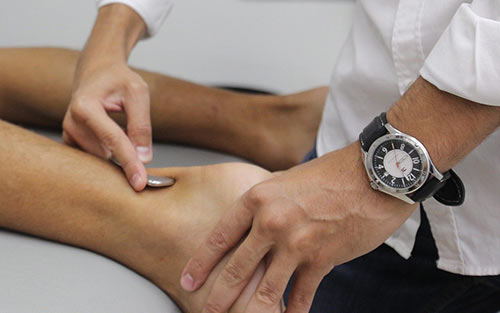
What Causes Osteophytes
Osteophyte or bone spur growth may be attributed to the following factors:
- Aging
- Disc and/or joint degeneration
- Heredity
- Nutrition
- Injuries, including sports-related and traffic accidents (overuse)
- Poor posture
- Obesity
- Birth defects
Additionally, bone spur growth is a more likely occurrence when the following conditions are present:
- Spinal stenosis (narrowing of the spine)
- Osteoarthritis (Degenerative Joint Disease)
- Arthritis
As one ages, cartilage breaks down. The result of this may include pain, swelling, and joint motion difficulty. Over time, bone can break down, too. The body’s response is to develop osteophytes (spurs) near the damaged area.
Note: Bone spurs may form after an injury to a joint, ligament, or tendon. This occurs when your body interprets an injury as bone damage, the body then tries to fix the perceived problem by adding bone to the injured area.
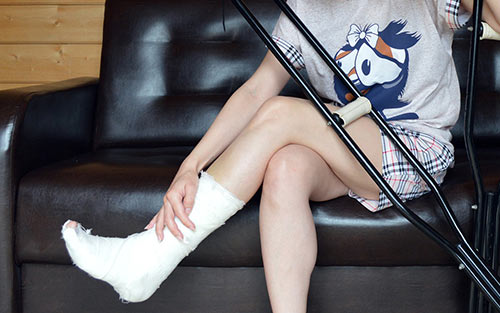
What Are Symptoms of Osteophytes
Depending on their location, you might not realize you have a bone spur. That is until you get an X-ray or MRI searching for another condition. Bone spurs only cause problems when they press on nerves, tendons, muscles, or other structures in your body. Bone spurs can lead to:
- Pain
- Pain or stiffness when trying to extend the affected joint
- Pain accompanied by swelling
- Partial or total loss of motion in affected joints
- Weakness and numbness
- Tendon and/or muscle tears
Symptoms may worsen when you exercise or move the affected joint.
Note: A bone spur diagnosis can sometimes be made through a physical examination, but is almost always confirmed by x-ray, CT scans, or MRI imaging.
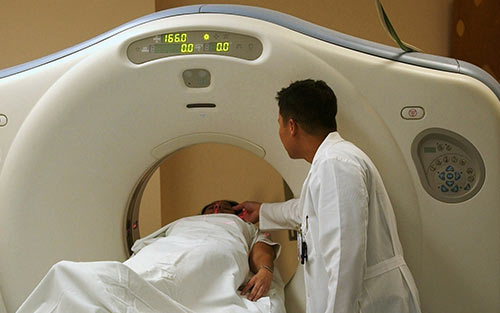
Osteophyte Formation
In this article, you discovered what osteophytes (bone spurs) are, how they are treated, what causes them, and their symptoms.
When you take action to treat bone spurs, you help yourself maintain a positive disposition and reduce the potential for debilitating bouts with severe pain.
Ignoring the signs and symptoms of bone spurs can lead to excruciating pain, loss of motion in affected joints, and the eventual need for corrective surgery.
Sources:
cedars-sinai.org/health-library/diseases-and-conditions/b/bone-spurs.html
my.clevelandclinic.org/health/diseases/10395-bone-spurs
nhs.uk/conditions/osteophyte/
(706) 521-5290
(678) 963-5958
To view the original version on Foot Palace, visit: https://www.yourfootpalace.com/osteophyte-causes-symptoms-treatment/
No comments:
Post a Comment
Note: Only a member of this blog may post a comment.